Narcondam Hornbill (Aceros narcondami) gets its name from its small island home ‘Narcondam Islands’. It is a mere 7 square km of land. Nonetheless for this bird, this tiniest patch of green with its fruit and berry laden trees is its only home in the entire world – a habitat as precious as the bird itself. Regrettably, this unique habitat-species correlation is not something everyone understands or appreciates. Already faced with the threat of deforestation, natural calamities like cyclones and increased human activity the endangered Narcondam hornbill now faces its greatest existence threat ever as India’s environment ministry approves a long pending proposal from the Indian Coast Guard to build a surveillance radar installation at Narcondam island. It is news that some conservationist see as a death sentence for this rare bird.
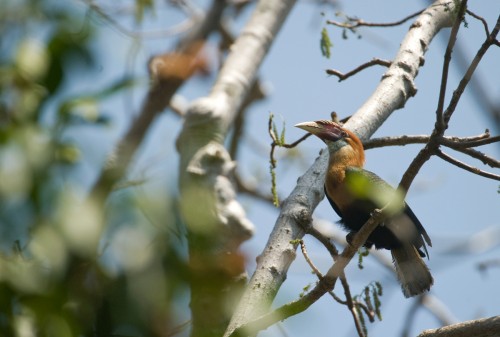
An Island and its Bird
Narcondam is an extremely remote tiny volcanic island in the Andaman & Nicobar archipelago. Its central peak rises some 710 m above sea level and the entire island is densely vegetated. For millions of year, species like the Narcondam hornbill and numerous other reptiles, amphibians and birds have lived here, separated from the rest of their off shore cousins and evolving in isolation. For an explorer or a naturalist therefore, this island is one of those rare land masses still left in the world, where nature’s true genius of creation, adaptation, and evolution can be observed without the risk of any man-made structure destroying what exists naturally.
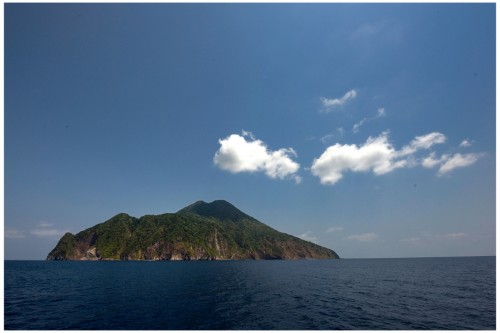
The Narcondam Hornbill too is something of a novelty. It might have been millions of years ago that its hornbill ancestors flew and decided to settle down in this small island haven. The abundance of fruits and berries ensured that the bird never thought of flying away to other shores. Generation after generation of breeding brought subtle changes, adaptations to the climate and environs of the island until the hornbill became a distinct one-of-its-kind species and an integral part of this island, the only home it knows.
Narcondam is fairly small compared to other hornbills, with a black plumage and a prominent white tail. The male and female of the species can be easily differentiated. Males have a brownish plumage on their head, neck and upper breast while females are all black. The spectacular beak, a distinguishing trait of hornbills, is yellowish white with a crimson base and atop the bill sits a horny ridge, or casque which is wrinkled in this case.
Narcondam Hornbill is listed as endangered in the IUCN Red List of Threatened Species, and protected under Schedule I of India’s Wild Life (Protection) Act of 1972. In the small island there are approximately 300 to 400 of these hornbills.
The Protection Dilemma
When the Coast Guard’s proposal to have a defence radar installed at this island was first given, in February 2012, Dr. Asad R Rahmani, Director, Bombay Natural History Society, made a site visit on behalf of the Standing Committee of the National Board for Wildlife (NBWL), a high-level statutory advisory body of the Government, and strongly recommended rejection of the proposal, as it posed a grave threat to the only population of Narcondam hornbills in the world. The recommendation was honoured by other members of the committee and later by the government that scrapped the project in November 2012.
But the project has been revived again, and while the country’s defence cannot be second priority, nor can be the protection of a species that needs a safe future too.
The major concern of all environment experts is that the moment the construction of this defence post begins at the island it will lose its pristine quality owing to constant human presence.
Imagine a complete circus suddenly bulldozing into your private property. Dozens of labourers, project officers, defence personals will need a space to work and live. Construction equipment and tonnes of raw materials will be heaped on the ancient forest grounds. Food and water requirement alone will put extreme pressure on not just the island’s food resources but also the only source of freshwater in the island. Logging for fuel requirements, trampling of rare plants, and random poaching, are actions that can easily be foretold. And as months and years go by and humans begin to settle here, what will be vandalised and corrupted forever, is the ecosystem and as a result its inhabitants. What might be even worse, is that the Narcondam Hornbill that evolved to live in the sanctity of the Narcondam Island, might not have the ability to adapt so soon to the sudden human onslaught and may become extinct within a few decades.
It is a grave picture but not without proof. The Great Indian Bustard a grassland species that roamed in thousands is now on its death bed thanks to vanishing grasslands. The tigers, the elephants, the leopards, the olive riddle turtles, gangetic dolphins –all these creatures are already facing the threats of habitat destruction leading to their own species becoming endangered. Even if care is taken not to directly destroy the nests and breeding habitats of the hornbill, the indirect threats of human presence, pollutants and construction will put the bird’s future in a jeopardy.
Our Duty
We at India’s Endangered often quote a few words from the Indian Constitution. The Indian constitution states,
“It shall be the duty of every citizen of India to protect and improve the natural environment including forests, lakes, rivers and wildlife and to have compassion for living creatures.”
This systematically defined fundamental duty laid down for every Indian citizen obliges us to protect all living creatures. The virgin Narcondam Island is in peril and with it also its representative species the Narcondam Hornbill that will not survive on policies and passionate speeches alone. It simply needs its home left just the way it is. And we need to find alternatives that preserve, protect and secure the future of all…not just humans.
More Related Stories,
Invasive Species Eating Away Forest cover of Andaman Islands
Hornbills Feeding Bread and Biscuit to their Chicks
Untouched Horizons: Namdapha National Park
Reference:
An expedition to Narcondam: observations of marine and terrestrial fauna including the island-endemic hornbill, T. R. Shankar Raman, Divya Mudappa, Tasneem Khan, Umeed Mistry, Ajai Saxena, Kalyan Varma, Naveen Ekka, Janaki Lenin and Romulus Whitaker, CURRENT SCIENCE, VOL. 105, NO. 3, 10 AUGUST 2013
Special thanks to Divya Mudappa and Kalyan Verma for the images.

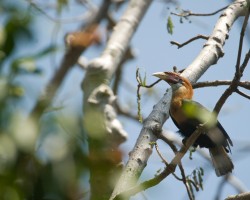
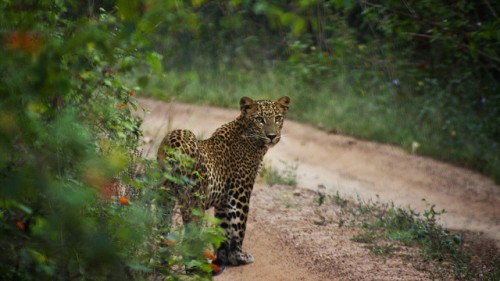

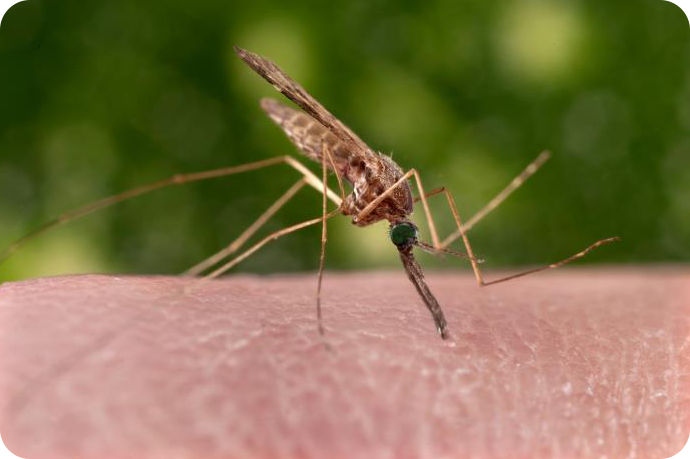

One thought on “In Defence of the Narcondam Hornbill”